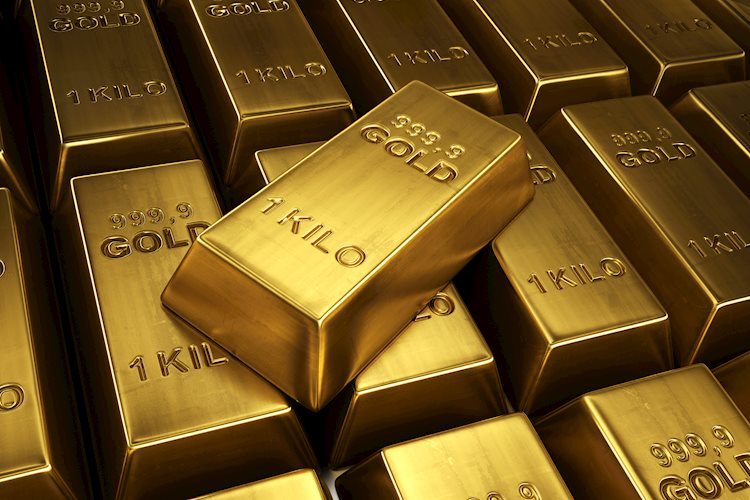The price of gold has surged due to geopolitical tensions following the death of the President of Iran and a general fracturing of the world order. Central banks are increasingly stockpiling gold as a safe-haven asset amidst rising uncertainty. Additionally, expectations of further interest rate cuts by the Federal Reserve are driving up demand for non-yielding gold.
The recent news of the President of Iran’s death has exacerbated tensions in the Middle East, leading to increased uncertainty and a higher demand for safe-haven assets like gold. The world order is showing signs of fracturing, with Russia’s actions in the Kharkiv region and the bond between Russian President Putin and Chinese President Xi highlighting geopolitical risks.
Emerging economies and BRICS countries have been increasing their gold reserves as a hedge against Western sanctions, a trend that is expected to continue in light of recent global developments. The Federal Reserve’s potential interest rate cuts have also contributed to the rise in gold prices as lower rates reduce the opportunity cost of holding onto non-yielding assets like gold.
Technical analysis suggests that the gold price is on a bullish trend, with the potential for further upside as it breaks out of a rising channel and reaches a new all-time high above $2,440. While the Relative Strength Index (RSI) indicates that the market is overbought, corrections are likely to find support at previous highs before the price continues its upward trajectory towards $2,500.
Understanding the concepts of “risk-on” and “risk off” markets can provide valuable insight into how investors perceive risk and allocate their assets accordingly. During “risk-on” periods, stock markets and most commodities tend to rise, while safe-haven assets like gold shine during “risk-off” periods. Major currencies such as the US Dollar, Japanese Yen, and Swiss Franc also tend to benefit during times of heightened risk aversion.
Overall, the rise in gold prices can be attributed to a combination of geopolitical tensions, shifting expectations of further interest rate cuts, and the traditional role of gold as a safe-haven asset during periods of uncertainty. As global economic and geopolitical risks continue to evolve, investors are likely to continue turning to gold as a reliable store of value in turbulent times.











